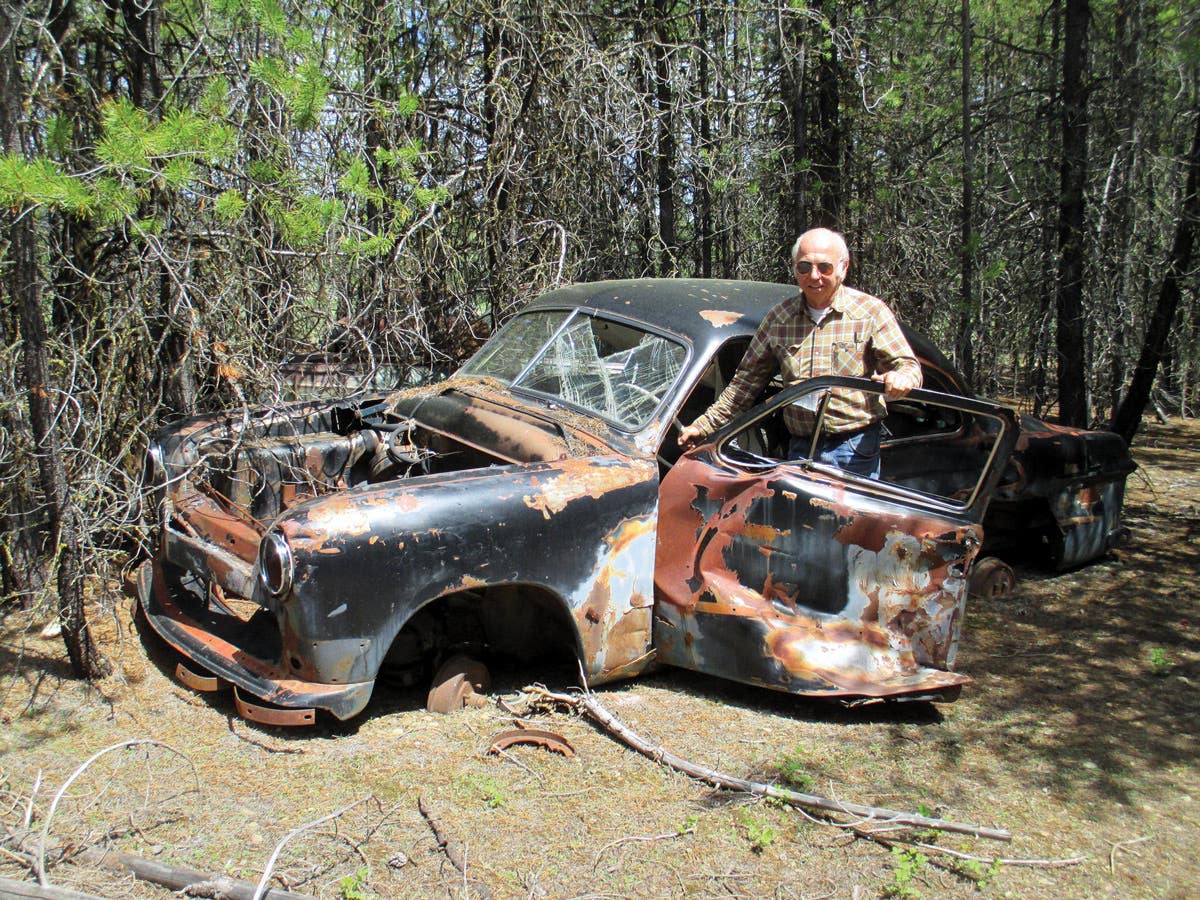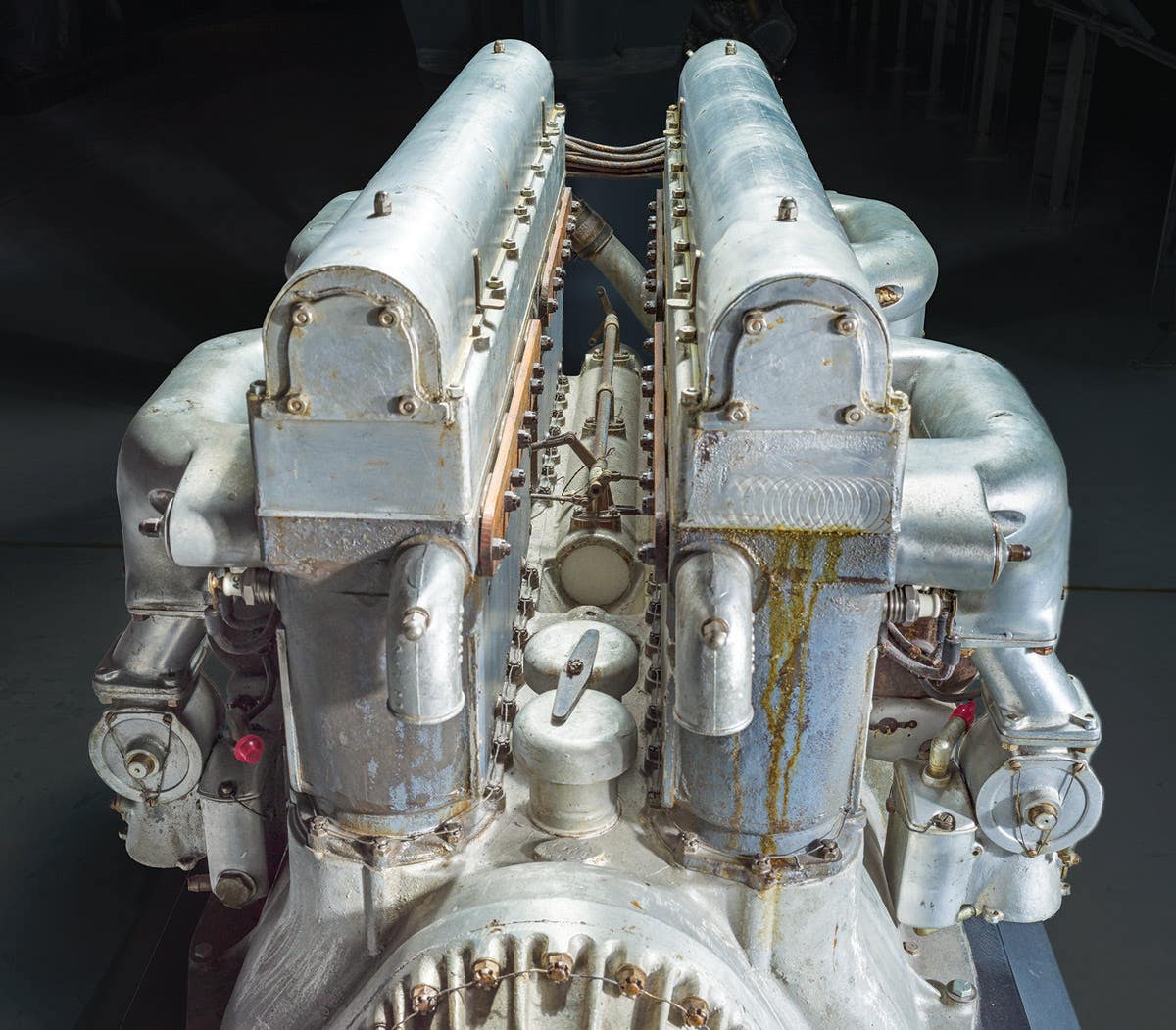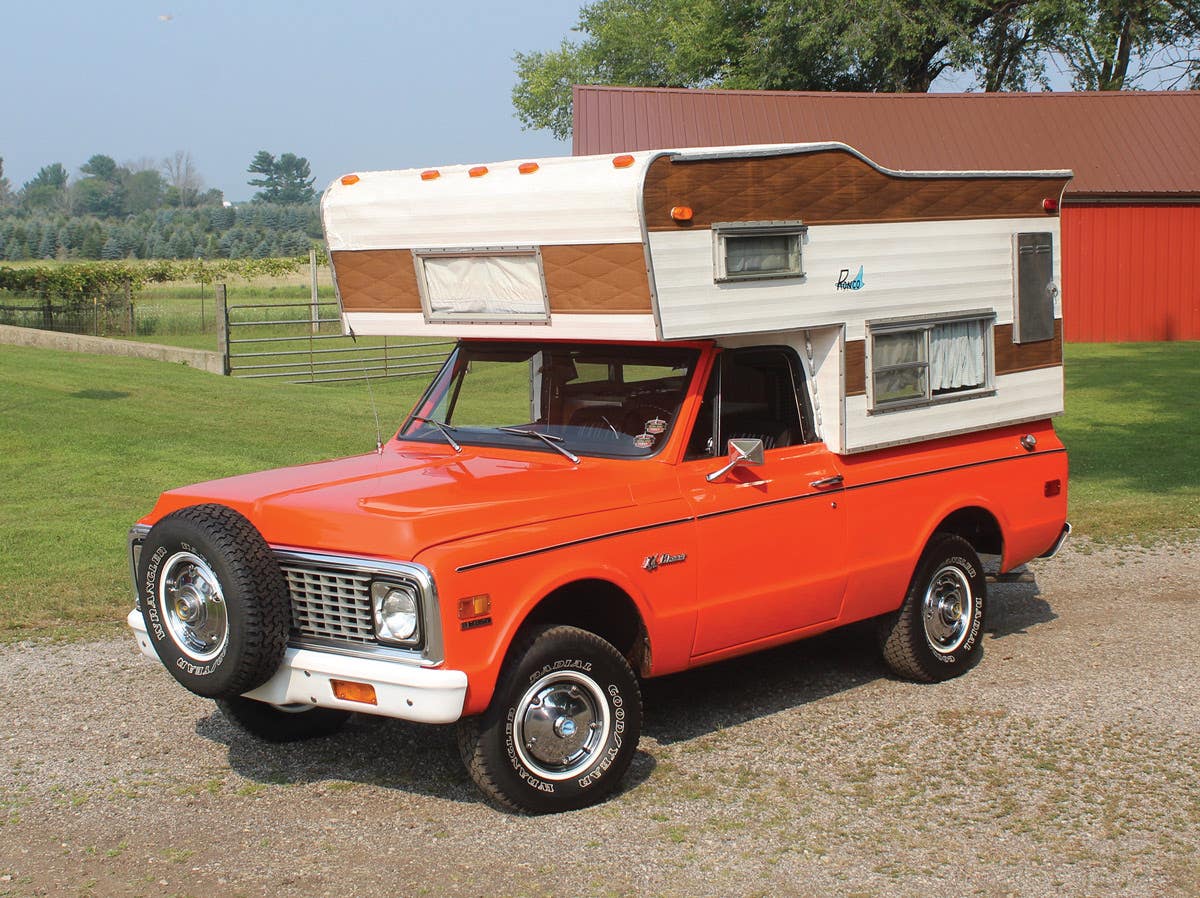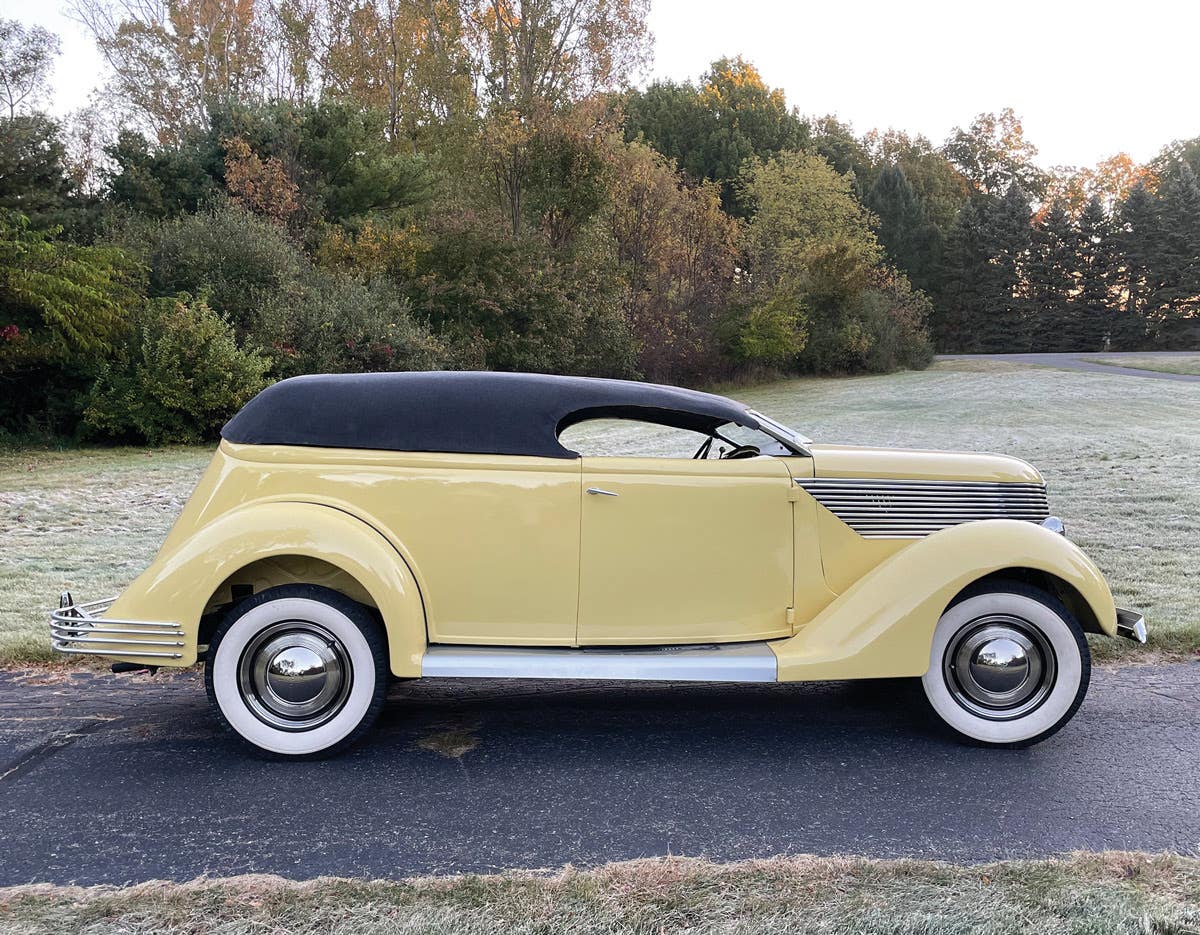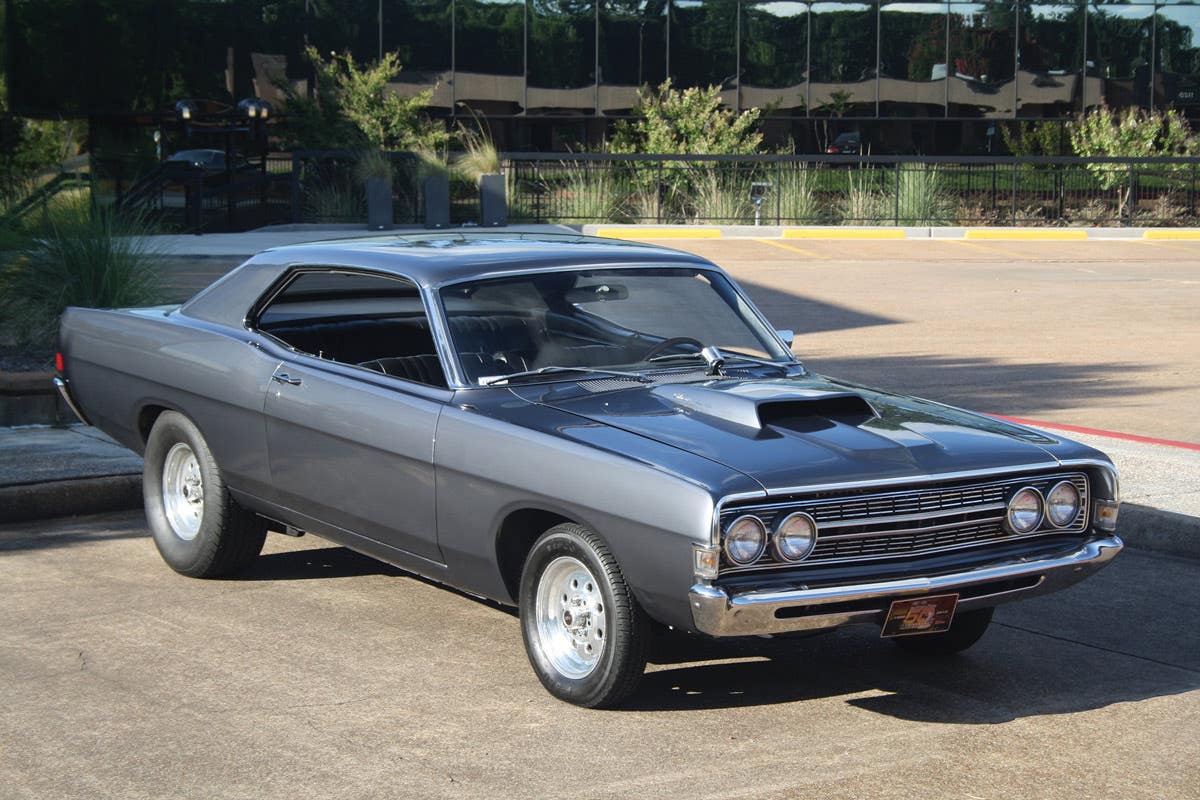Q&A with Kit Foster: March 12, 2009
Q&A tackles tire codes, volatility of today’s gasoline, and ethenol condensation.
Q. Do tire codes give the year of manufacture of a certain tire? The tires on my 1929 Series 27 Buick are replacements. But if you can establish when each was manufactured it will help me in knowing the history of this car and its maintenance. There is a Texaco “MARFAK” maintenance sticker on the front door jamb saying that it was serviced on May 4, 1957, with 10,110 miles on it. It currently has 10,840 miles. On the right rear is a 6.00-20 Goodyear, code N49M7695. The left rear is a 6.00-20 Silvertown “Heavy Duty Express for Truck Rim” and “45 lbs air press,” all molded into the side of the tire. The right front is a Dunlop 5.35-5.50-20, “Canada” OU164478, the left front is a similar Dunlop of the same size, “Canada”: OU164567. The bald spare I suspect is one of the car’s originals, Goodyear All-Weather 5.50-20 #U738782-544K. Dan Bower, Burton, Mich.
A. Today’s tires have date codes, but the current system dates only from 1971. Tire codes contain information on the manufacturer, plant, tire size and date of manufacture. The date code, the last part of the code number, identifies the week in which the tire was made, not the exact day. Since 2000, week designations have been four digit codes such as 4605, which would be the 46th week of 2005. Prior to 2000, the date section was three digits, where the first two, 46, would be the 46th week, and the last digit the year of the decade: “5” could represent 1975, 1985 or 1995. The supposition was that tires would not be in use for more than ten years. Prior to 1971, I suspect that tire codes were established by manufacturers to serve their own purposes, and did not have a standard format. Can anyone add more?
Q. Several recent “Q&A” items have focused on today’s gasoline and its volatility. The fire and rescue services use a number of gasoline-powered equipment. Although tested weekly, this uses little fuel and they may go several months without being used. Gasoline stability is an issue, since these tools must start quickly in emergencies. Many services are now using a stabilizer additive to preserve the gasoline. Stabilizers are widely available at auto supply stores, and one such brand is STA-BIL. I hope this helps. Jim Jeffery, Long Beach, Calif.
A. Ray Gray, of Sevierville, Tenn., also wrote in to recommend STA-BIL. He uses it in his four antique cars and yard machines, and has had no problems with “dead” gas from year to year. Do other readers have experiences, pro or con? I’ll see what the mailbag brings and report back soon. The following question also pertains.
Q. Regarding Bob Adler’s vapor lock question (Jan. 8 “Q&A”), your answer ends with the implication that since ethanol gas can absorb moisture it would reduce condensation or tank storage problems. In fact, ethanol exacerbates the problem simply because it accumulates the vapor to a point of saturation, with water accumulating. Combined with the oxygen and acidic nature of this chemical mix, you now have severe degradation of the steel tanks. It’s analogous to brake system failure with the hygroscopic nature of brake fluid. The severity of piston and bore degradation can almost always be traced to the amount of entrapped moisture that caused what we call rust and corrosion. When we eliminate moisture in brake and fuel systems, we prevent serious problems. We don’t have the luxury of sealing out moisture in fuel tanks. We do in brake systems. That is why brake systems have sealed caps today. Not so in old cars. That doesn’t mean we can’t or shouldn’t seal our old brake systems. I have no solution for preventing tank corrosion other than changing fuel. The rate is determined by the quantity and severity of temperature inversion with humidity to which the vehicle is exposed. Extremes would be continuous daily swings in humid environments of warm days and cool nights, to indoor, climate-controlled low humidity. In the former, fuel should be replaced about every two months. In the latter, once a year should prevent tanks and fuel system damage. “Tiger Tom” Ehrhart, Annville, Pa.
A. I meant my comment as a genuine question, not an implication that ethanol could control condensation. It came from my understanding that “gas line antifreeze” products are largely alcohol, but I do realize that a tank of so-called “E-10” gasoline can absorb way more moisture than a can of Drygas. Do you mean, then, that regardless of the stabilizing properties of STA-BIL and its substitutes, moisture will continue to be a problem in long-term fuel storage? The manufacturers of STA-BIL claim to have a condensation-fighting product, too.
CLICK HERE to tell us what you think int he Old Cars Weekly forums




